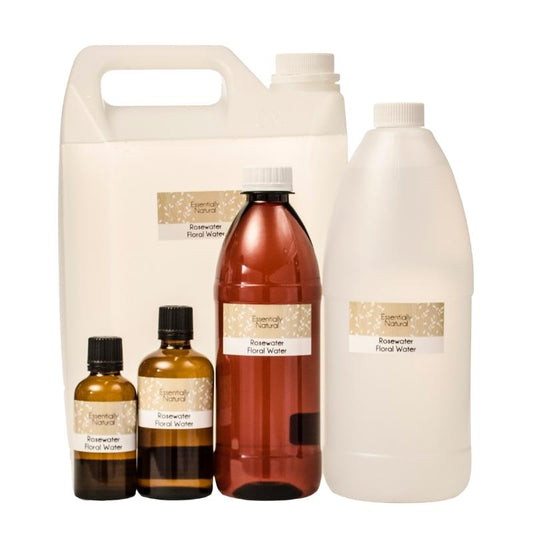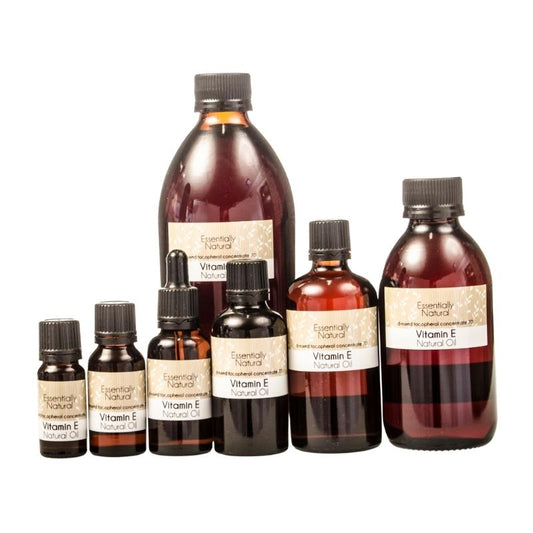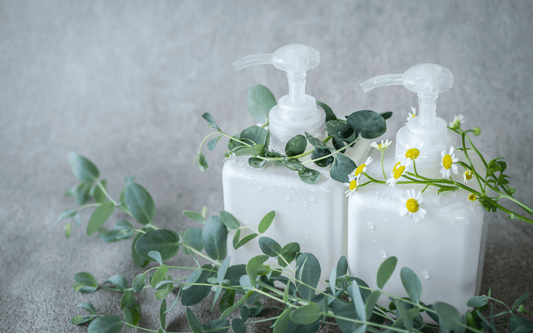
Simple Cream Recipes
Juliette van der MeerLast week we covered Simple Lotion Recipes, where we learnt about some basic lotion formulas. It makes sense to follow up with the next emulsion type: creams
What is a cream?
Creams are thicker O/W emulsions that contain all the ingredients of lotions but with the addition of a solid oil or butter. Incorporating a butter gives the emulsion body, thickness and a typical cream like consistency and feel. Creams are richer than lotions, providing more nourishment and moisturisation factor to the skin than a light lotion. They have a definite 'richness' to their skin feel and they are great for dry skin or skin that needs a bit of extra TLC.
How much Butter is added in a cream?
In a cream, the butter(s) are usually added at 5% up to 15 or 20%, with the water component dropping from 75-80% in a lotion to 70% or less.
DIY Cream Recipes
Below are various recipes for creams that achieve different results by slightly manipulating the amounts of water, oil and butter. You can use any carrier oil and butter of your choice. Feel free to customise them with essential oils or other extra ingredients.
Hand Cream
Ingredients:
Heated water phase
- 69% water
- 2% vegetable glycerine
Heated oil phase
- 15% oil of choice
- 5% solid oil/butter of choice
- 2% cetyl alcohol
- 6% Eco E wax
Cool down phase
- 1% Geogard 221
Method:
- As always, sterilise all utensils before you use them.
- Melt the emulsifying wax, oil, butter and cetyl alcohol gently but thoroughly in a water bath.
- Bring the water phase to a similar temperature as the oil phase.
- Blend the water and oil phases together with a high shear blender such as a soup blender.
- When the cream is made and cooled, blend in some essential oils if desired, and the preservative.
- Pour into a pump bottle or jar and store in a cool place.
Classic Moisturising Cream
This classic cream is the middle ground between the slightly lighter hand cream and the richer body butter.
Ingredients:
Heated water phase
- 71% water
- 3% vegetable glycerine
Heated oil phase
- 10% oil of choice
- 7% solid oil/butter of choice
- 3% cetyl alcohol
- 5% Eco E wax
Cool down phase
- 1% Geogard 221
Method:
- As always, sterilise all utensils before you use them.
- Melt the emulsifying wax, oil, butter and cetyl alcohol gently but thoroughly in a water bath.
- Bring the water phase to a similar temperature as the oil phase.
- Blend the water and oil phases together with a high shear blender such as a soup blender.
- When the cream is made and cooled, blend in some essential oils if desired, and the preservative.
- Pour into a pump bottle or jar and store in a cool place.



















6 comments
Hi Zeenat, it will ultimately depend on which essential oils you’re using as they are all different, but I generally use around 0.25-0.5% essential oils in my personal formulas. I consider that range safe for most essential oils :)
Hi There! What percentage of essential oils can be added to the recipes.
Hi Melanie, barrier creams are typically used to add an extra layer of protection to the skin to protect against irritation, dermatitis, dryness from cold etc. They also heal. So yes you could definitely use a barrier cream as a foot cream, especially for dry, cracked heels etc
Hi Juliette, what are the main uses for the barrier cream – would it for example, be suitable as a foot cream?
Kind regards
Melanie
Hi Beverly, I don’t see any reason why you couldn’t :)